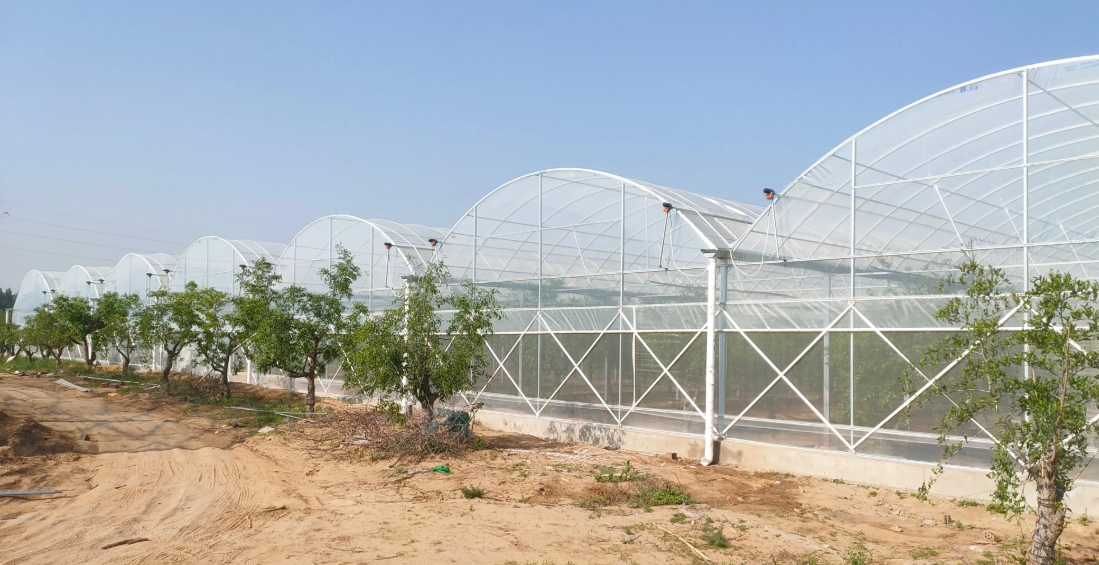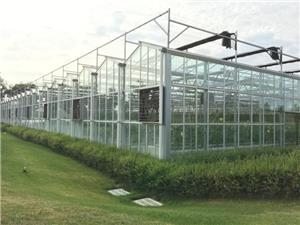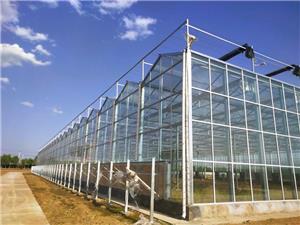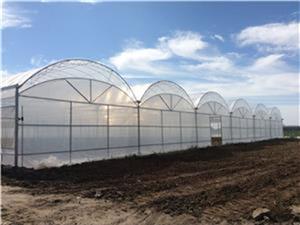Greenhouse film: The "protective film" of agriculture
In modern facility agriculture, greenhouse film is an indispensable key material. It is like an umbrella protecting crops, creating a unique micro-environment and bringing about many changes to agricultural production.
In terms of definition and basic concepts, greenhouse film is a kind of plastic film covering the surface of a greenhouse. It is mainly made of chemical raw materials such as polyethylene (PE), polyvinyl chloride (PVC), and ethylene-vinyl acetate copolymer (EVA). These polymer materials, after special processing, possess various properties that meet the needs of agricultural production. It is like the "skin" of the greenhouse, separating the internal space from the external environment, yet not completely isolating it. Instead, it ingeniously regulates the internal conditions such as light, temperature, and humidity.
In terms of performance features, greenhouse film has excellent light transmittance. Taking the common Po film as an example, high-quality Po film can achieve a light transmittance of over 85%, allowing sufficient sunlight to penetrate and providing necessary light conditions for photosynthesis of plants. EVA film performs even better in this aspect. Not only does it have a high light transmittance, but it can also selectively transmit light of different wavelengths, which is more conducive to the growth and development of plants. Thermal insulation is also an important performance of the film.
The film can effectively prevent heat loss, thus enabling the preservation of heat within the greenhouse during the night or in cold seasons. For instance, in the northern winter, the greenhouse film can raise the temperature inside the greenhouse by 10℃ - 15℃ compared to the outside, creating a warm environment for crops such as vegetables and flowers. Moreover, it also has certain strength and anti-aging properties. Films with high tear resistance can withstand the damage caused by severe weather conditions such as strong winds and hail, thereby extending their service life. For example, PVC films treated with special anti-aging processes can have a normal service life of 3 - 5 years, reducing the cost and manpower investment required for frequent film replacements.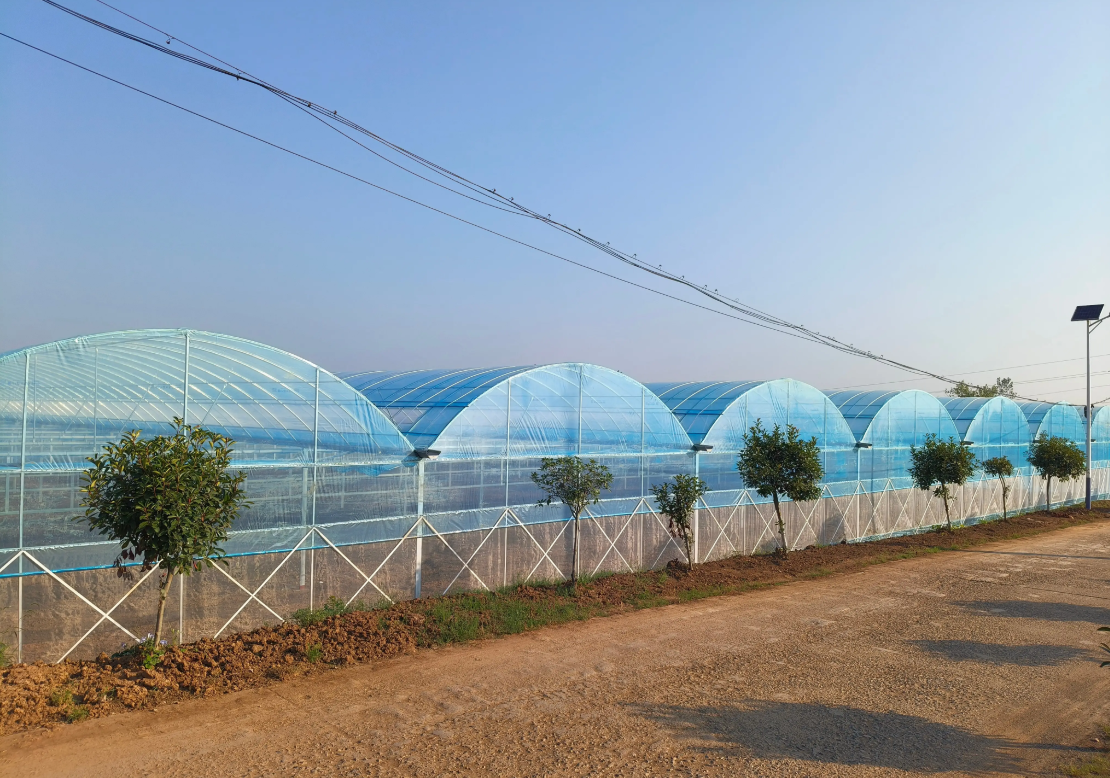
In terms of types, polyethylene (PE) film has a lower cost and wide application, and is commonly seen in ordinary vegetable planting greenhouses; polyvinyl chloride (PVC) film has better insulation and flexibility, but is relatively heavy and is applied in some flower planting greenhouses with high insulation requirements; ethylene-vinyl acetate copolymer (EVA) film has excellent comprehensive performance, with good light transmission, insulation, and weather resistance, and is mostly used in high-end facility agriculture and for crop planting with strict requirements for light. There are also some functional films, such as anti-fog film, which can effectively prevent fog droplets from forming on the inner surface of the film, avoiding affecting light transmission and causing damage to crops; insect-proof film has a special micropore design that can not only ventilate and breathe but also prevent pests from entering the greenhouse.
